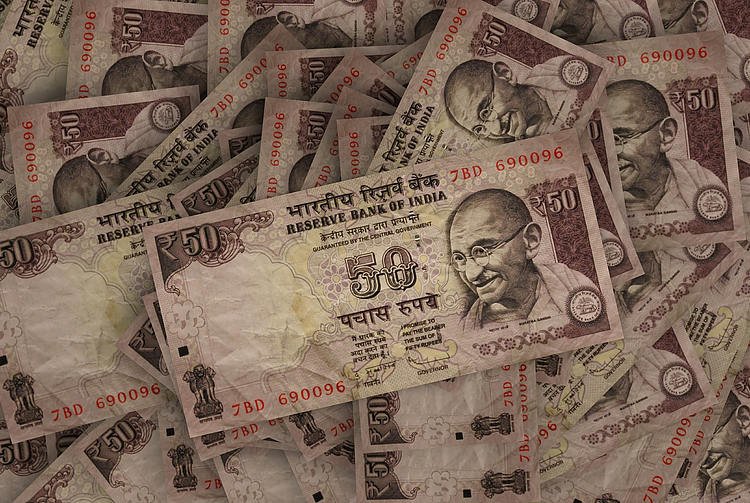The Indian Rupee (INR) has rebounded in Thursday’s early Asian session as the US Dollar (USD) declined. The Federal Reserve’s decision to keep interest rates unchanged and the dovish stance of Fed Chair Jerome Powell have weakened the Greenback. However, concerns such as significant outflows from Indian equities, persistent USD demand from importers, and fluctuations in the Chinese Yuan may limit the INR’s upside. Additionally, rising crude oil prices due to Middle East tensions could weigh on the local currency as India is a large consumer of oil. Traders are awaiting the Indian HSBC Manufacturing PMI for fresh impetus, while also keeping an eye on US economic data scheduled to be released later on Thursday.
India’s Ratings and Research (Ind-Ra) has raised its economic growth projection for the current fiscal year to 7.5%, surpassing estimates from other organizations such as the Reserve Bank of India and the International Monetary Fund. The final reading of the HSBC Manufacturing PMI is expected to improve further in July. Fed Chair Powell hinted at a possible interest rate cut at the next meeting in September, which has been priced in with a 100% probability by futures traders. This cautious approach by the Fed is influencing the direction of the USD and global currencies.
In terms of technical analysis, the longer-term trend for the USD/INR pair remains bullish, with the price holding near the key 100-day Exponential Moving Average (EMA) and supported by an uptrend line since June. The Relative Strength Index (RSI) indicates potential upside for the pair. The immediate resistance level is at 83.85, with further gains possible towards the psychological level of 84.00. On the downside, support levels are seen around 83.70 and 83.51, with a breach potentially leading to further losses towards 83.45.
The US Dollar has experienced mixed performances against major currencies this week, with particular strength seen against the Japanese Yen. The heat map visualizes the percentage changes of major currencies against each other, with the base currency selected from the left column and the quote currency from the top row. This analysis provides a comprehensive view of how the USD has fared against other currencies in the current market environment.
In conclusion, the Indian Rupee’s recovery against the US Dollar is influenced by various factors such as the Fed’s dovish stance, economic growth projections, and global market challenges. Traders will closely monitor upcoming economic data releases and geopolitical developments for further insights into the currency’s direction. The technical analysis suggests a bullish trend for the USD/INR pair, with key resistance and support levels to watch. Overall, the INR’s performance will continue to be impacted by both domestic and international factors in the foreseeable future.











